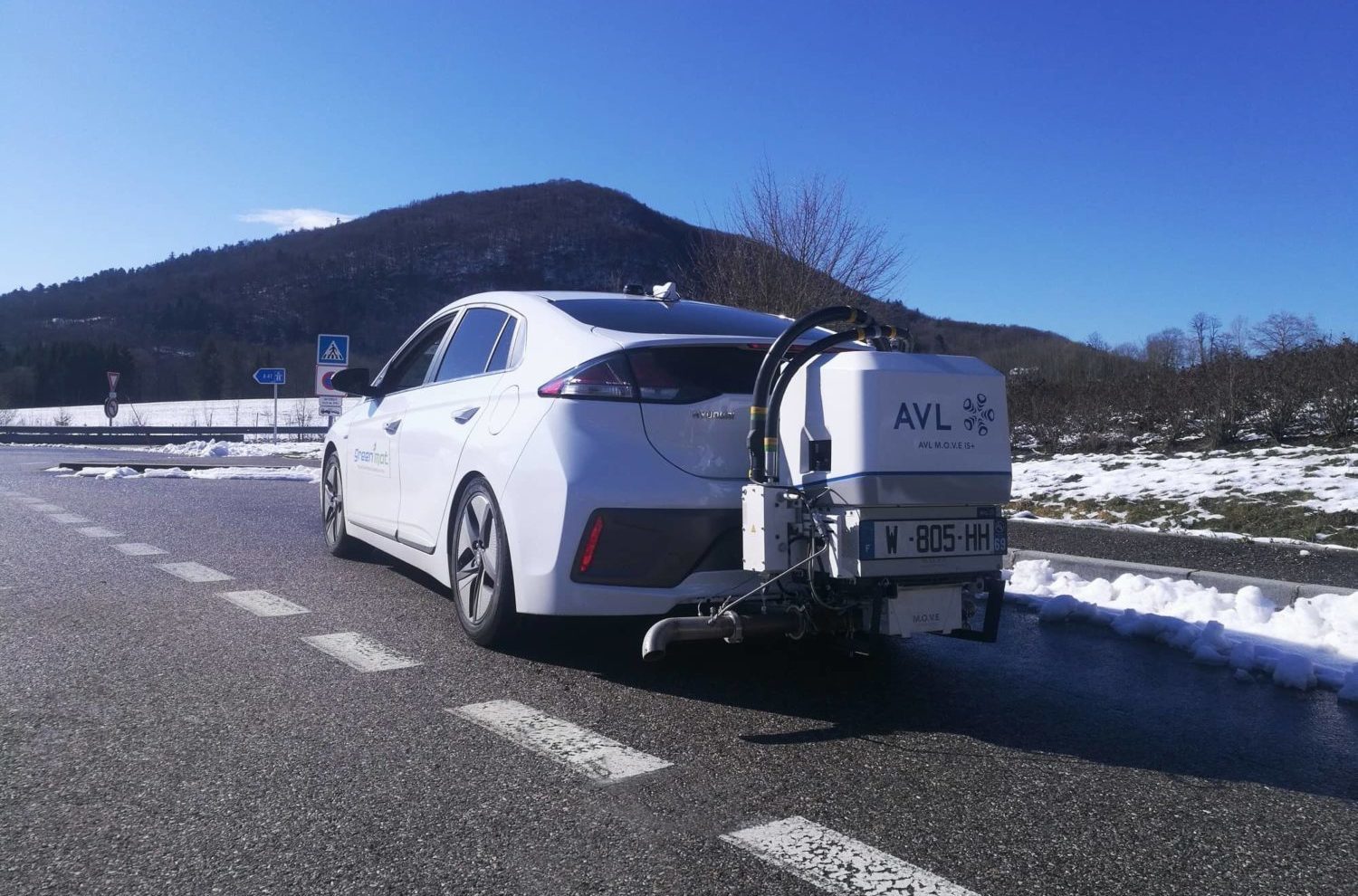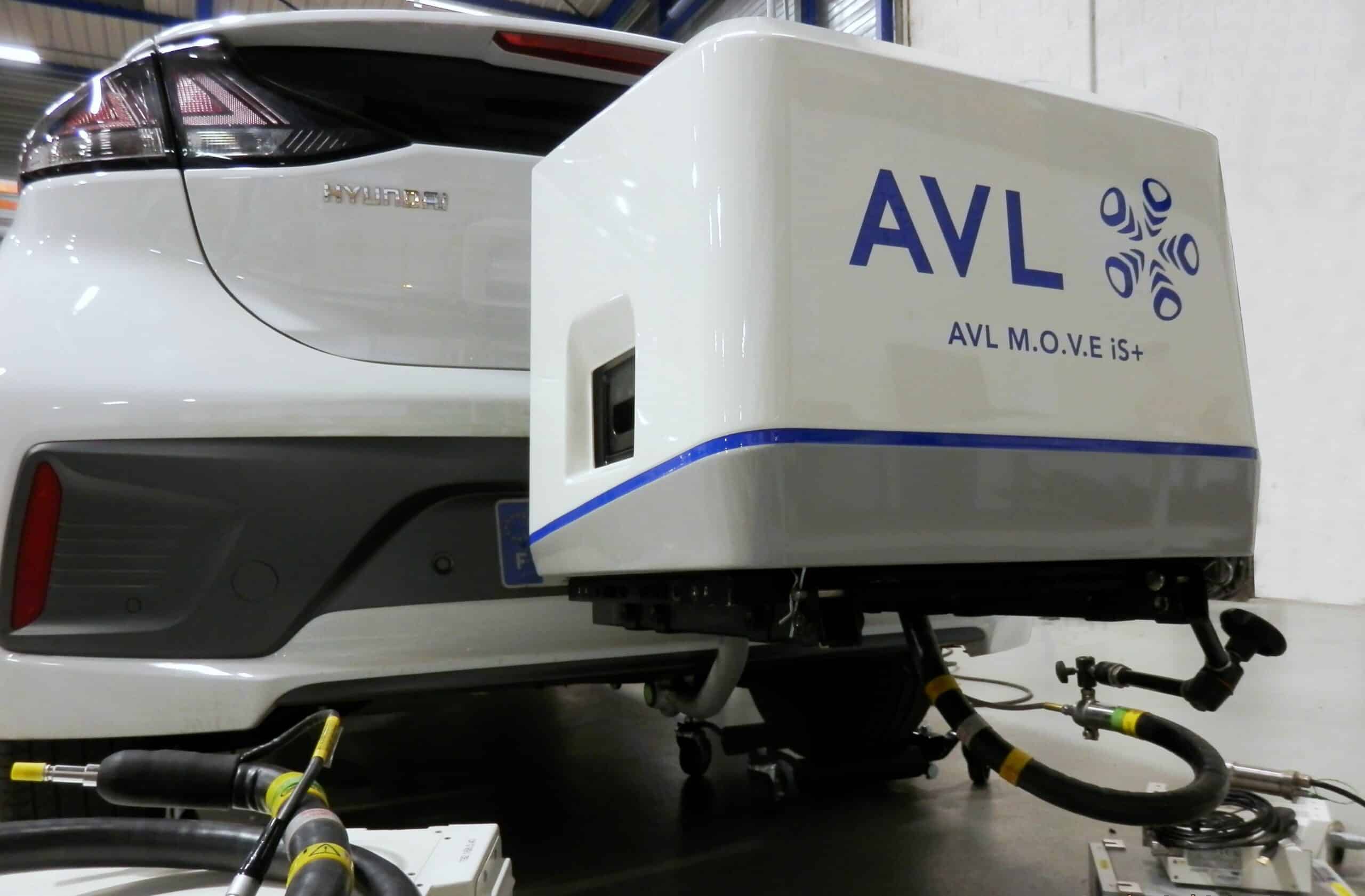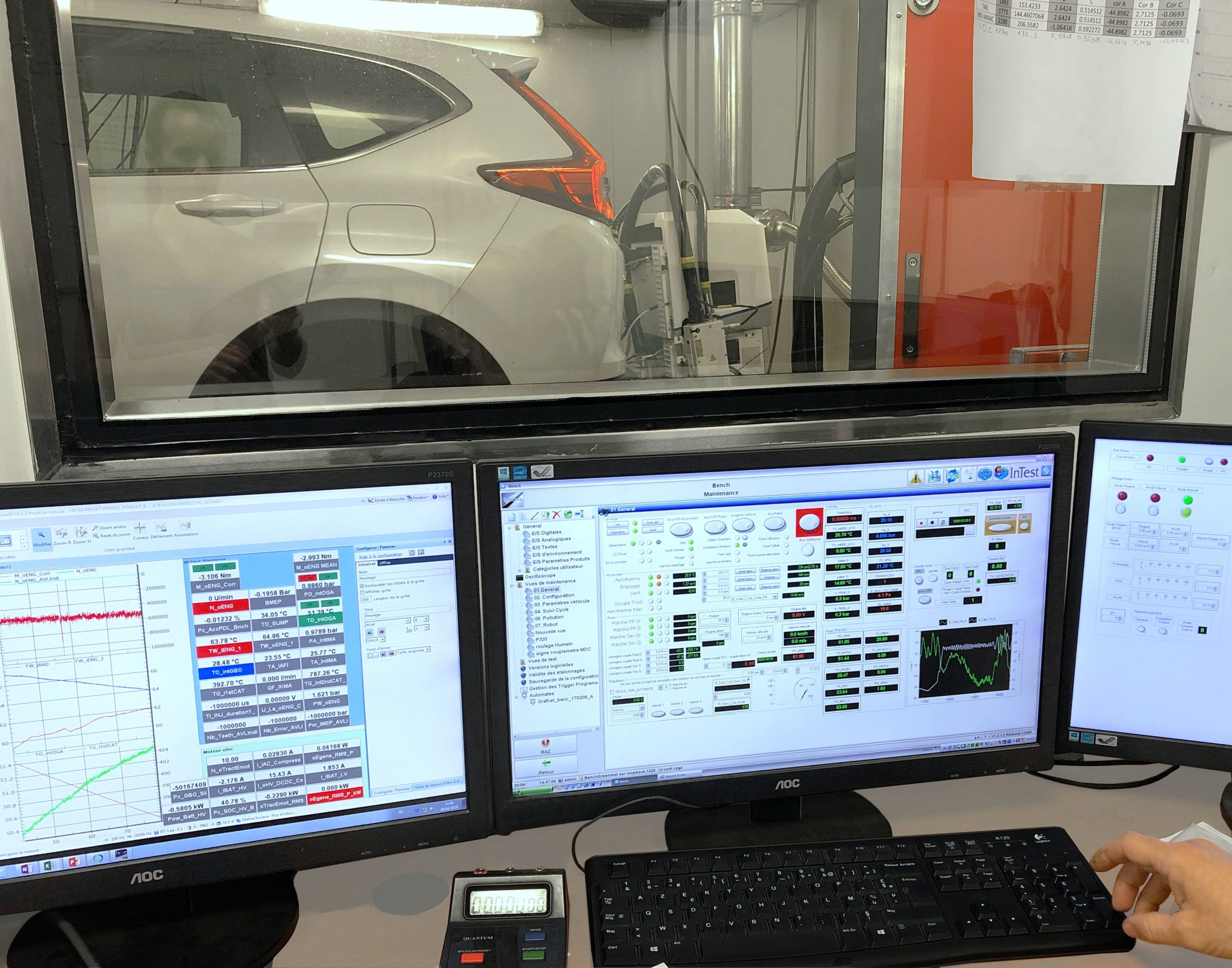Consumption & emissions measurements
The challenges for optimizing pollutant consumption and emissions have increased over the past 20 years. Vehicle driving tests have therefore been set up to collect data in real conditions.
Today, Euro 6 and EURO VI standards apply to M1, M2, N1 and N2 motor vehicles with a reference mass of more than 2,610 kg and to all M3 and N3 engine-equipped vehicles. Euro VI standards are not limited to a particular engine type but apply to all engine-equipped vehicles, including those with compression ignition engines, positive ignition engines (including NG / biomethane, gasoline, LPG and E85) as well as dual-fuel engines.
The WLTC (Woldwide Harmonized light Vehicles test Cycles) or WLTP (Procedures), replaces the NEDC; it measures CO2 and pollutant emissions, electrical autonomy as well as fuel consumption
- WLTC
- STAGE
- RDE
- ISC
- WHTC (HDV)
- WHVC (HDV)
- 60NERV (HDV)
- SORT / E-SORT (bus
- other, upon specifications
Open Road Driving Tests : The RDE cycle
The RDE (Real Driving Emissions) cycle completes the WLTP laboratory test. It helps confirm WLTP results under real-world driving conditions, ensuring that cars deliver low pollutant emissions not only in the lab but also on the road. The tests are essentially carried out in two phases:
1 – Open Road Driving, once the vehicle has been prepared with the PEMS (Portable Emissions Measurement System) equipment. Driving is carried out on a pre-defined route which ideally combines cycles in town, in inter-urban areas and on the motorway > creation of a reference cycle
2 – Driving on our test benches with hub dyno: exact reproduction of the open road driving cycle thanks to the integration of our driving robot > optimization of the cycle.
All driving cycles, whether standardized or used by customers, can be used in the context of comparative energy study campaigns (benchmarking).



Global vehicle approach : open roads and test benches tests
Self-developed tools and methodologies to process a large volume of data generated

Euro 7 / EURO VII Regulation
The Euro 7 regulation for light vehicles and EURO VII for industrial vehicles is a future standard that is more stringent than the Euro 6 standard. It sets the emission limits for vehicles circulating in Europe. The main objective of these regulations is to reduce emissions of carbon dioxide (CO2), nitrogen oxides (NOx), fine particles and sulfur dioxide (SO2) emitted by vehicles.
The Euro 7 standard should come into force in 2025 for light vehicles. Then the EURO VII standard should be applicable from 2027.
